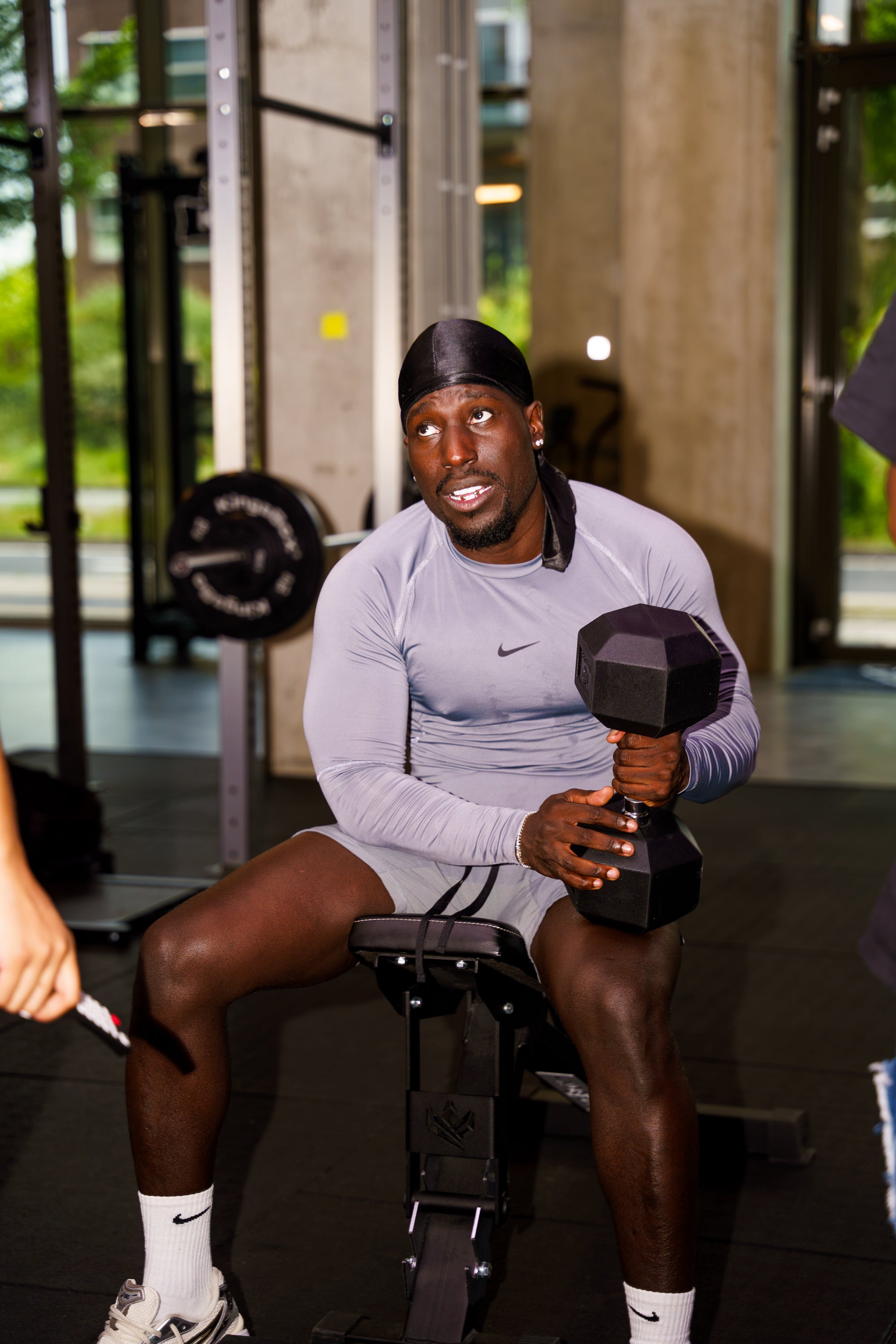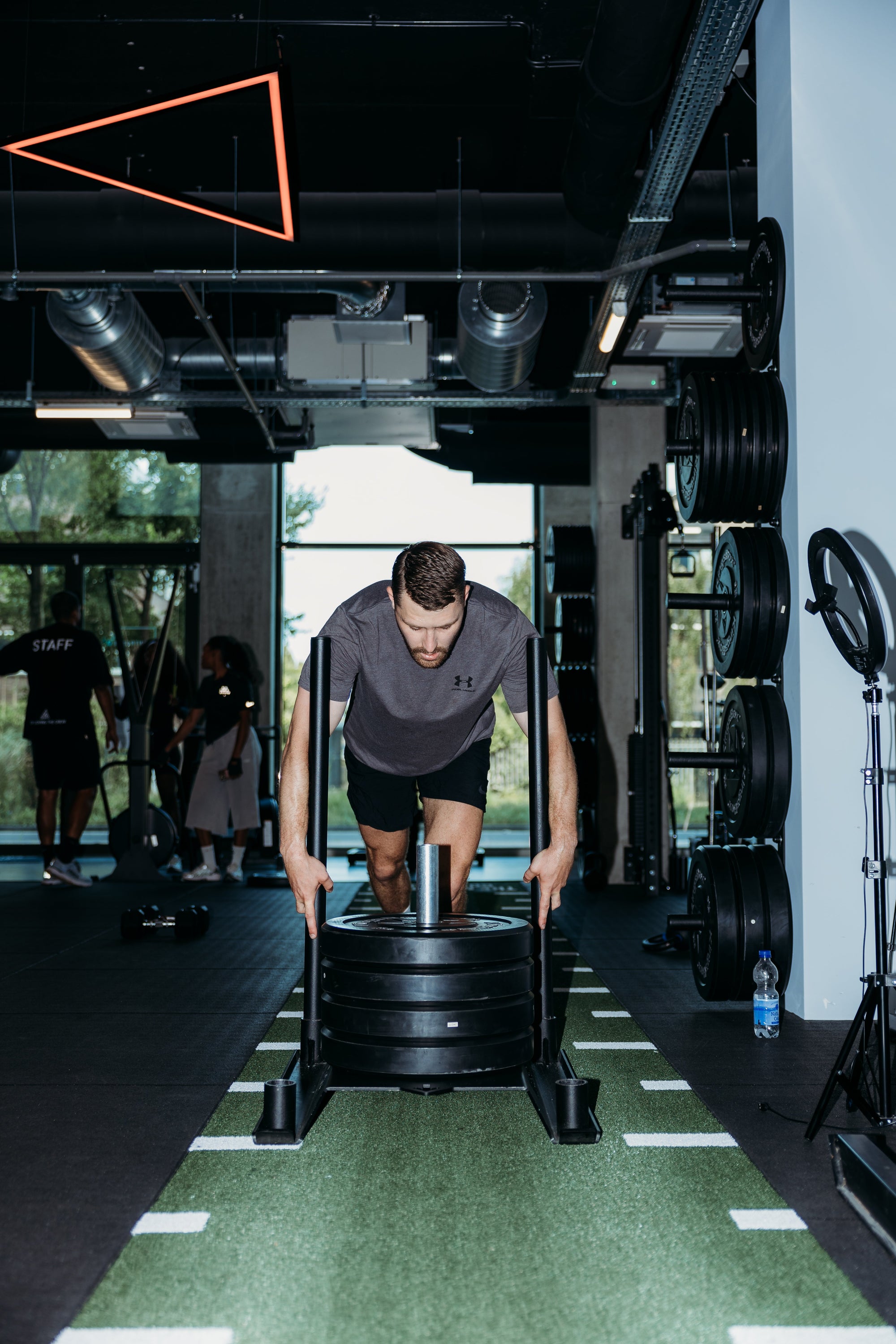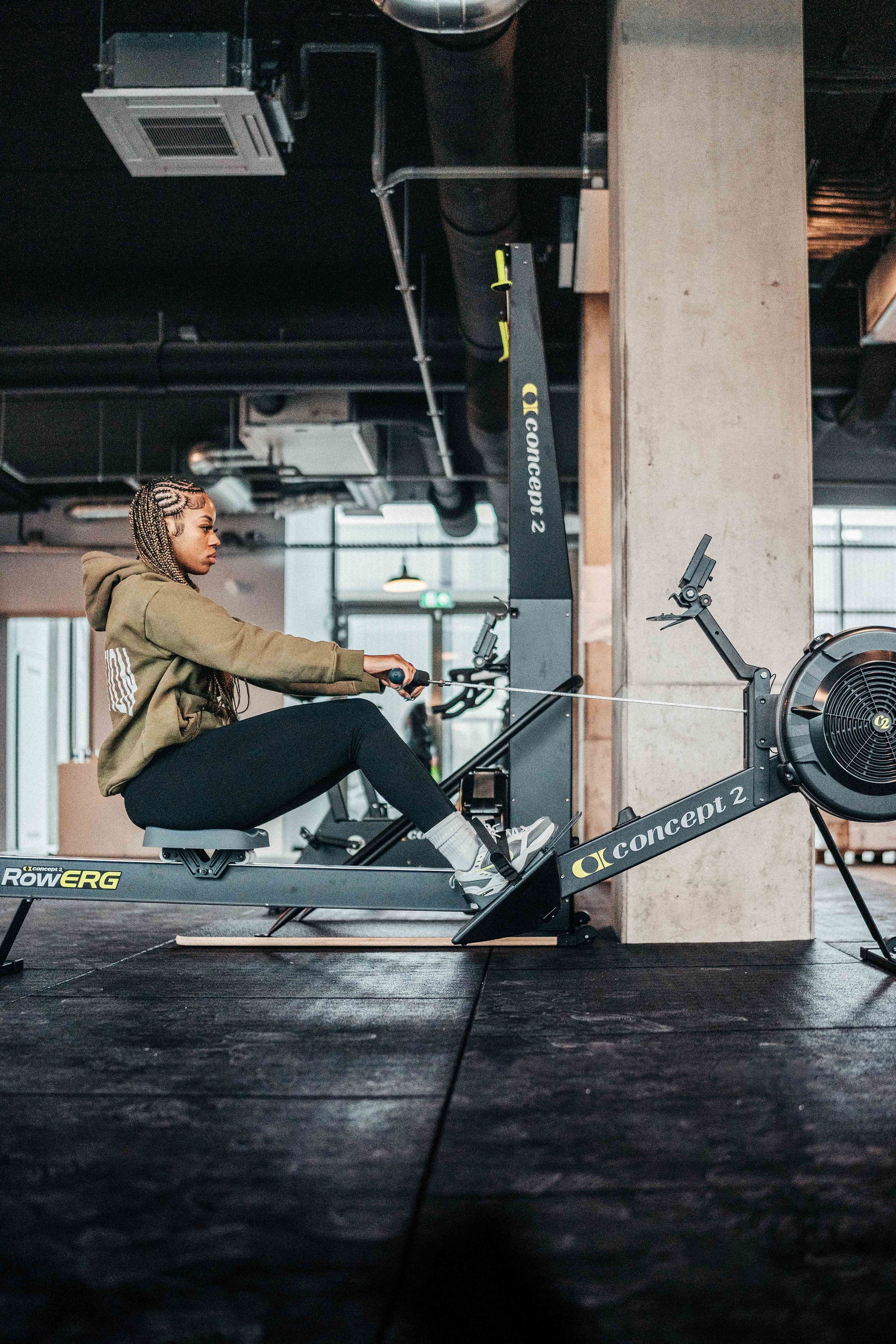Training Tips from Top Hyrox Competitors: A Deep Dive into Preparing for a Major Event
Champion, you’re not here to do things by halves—you’re here to excel, and that means delving into every detail of your training regimen. If you’ve ever wondered what truly sets elite Hyrox athletes apart, this is the guide for you. We’re pulling back the curtain on the specific training strategies, workout structures, nutrition plans, and recovery protocols that top competitors swear by. With insights from BallinFit’s head coach, Zwayder, this deep-dive guide will give you actionable tips to prepare for a major Hyrox event and transform your performance from the ground up.
Mastering Technique: The Foundation of Every Champion
Before you add intensity or volume, you must perfect your form. Even the slightest inefficiency can cost you precious seconds or lead to injuries during an event. Here’s how to refine your technique:
A. Focus on Core Movements
1. Wall Balls:
- Drill: Use a light medicine ball and practice squatting deeply before driving the ball upward. Record your sessions and note your movement fluidity.
- Key Tip: Ensure your squat is deep enough (thighs parallel to the ground or lower) and your throw is smooth—avoid jerky, uncontrolled movements.
- Coach Zwayder’s Insight:"Wall balls are a full-body exercise. Perfect your squat mechanics and arm coordination to maximize power while reducing stress on your knees."
2. Sled Pushes:
- Drill: Practice with a moderate load. Focus on keeping your back neutral, driving through your legs, and using a controlled pace rather than sprinting immediately.
- Key Tip: Initiate the push from a low, athletic stance. Your power should come from the hips and legs—think of exploding upward rather than forward.
- Coach Zwayder’s Insight:"A controlled sled push builds power and endurance simultaneously. Gradually increase resistance while ensuring your form remains impeccable."
3. Sprint Technique:
- Drill: Work on short, explosive sprints. Use a track to measure 30- or 50-meter dashes. Focus on an explosive start, driving your arms, and maintaining proper posture throughout the sprint.
- Key Tip: Practice “crouch starts” to simulate the race day burst. Video yourself and compare your form with elite athletes to identify areas of improvement.
Programming Your Workouts: Building a Winning Structure
An effective training program isn’t random—it’s meticulously planned. Here’s a breakdown of how to design your weekly training schedule with real examples:
A. Sample Weekly Plan for Major Event Preparation
Monday – Strength & Technique Focus:
- Warm-Up: 10 minutes of dynamic stretching (leg swings, arm circles).
-
Main Set:
- 4 sets of 8 squats (focus on depth and control).
- 4 sets of 10 wall balls at 6-8 kg, ensuring perfect form.
- 3 sets of sled pushes (30 meters) at a moderate resistance.
- Cool-Down: 10 minutes of static stretching focusing on quads, hamstrings, and shoulders.
Tuesday – HIIT & Sprint Training:
- Warm-Up: 10 minutes of jogging and high knees.
-
Main Set:
- 8 x 30-second sprints with 60-second active recovery (walking).
- 4 x 20-second explosive burpees with 40-second rest.
- Cool-Down: 10 minutes of light jogging followed by foam rolling.
Wednesday – Endurance & Active Recovery:
- Workout: 45-minute steady-state cardio (running or cycling) at 70-75% of your max heart rate.
- Recovery: 15 minutes of yoga focusing on flexibility and mobility.
- Extra: Use a foam roller for 10 minutes on tight muscle groups.
Thursday – Mixed Modal Circuit:
-
Circuit (Repeat 4 Times):
- 30 seconds of kettlebell swings (moderate weight).
- 30 seconds of push-ups.
- 30 seconds of jump rope.
- 30 seconds of planks.
- Rest 1 minute between circuits.
- Focus: Maintain a steady pace to keep your heart rate elevated and build functional strength.
Friday – Technique Drills & Tempo Runs:
- Warm-Up: 10 minutes of dynamic stretching and mobility drills.
-
Main Set:
- 3 sets of 5 wall ball technique drills (slow motion focus).
- 20-minute tempo run at a “comfortably hard” pace to improve lactate threshold.
- Cool-Down: 10 minutes of static stretching and deep breathing exercises.
Saturday – Simulation & Mental Rehearsal:
- Workout: Run a full Hyrox simulation course, including all key movements (wall balls, sled pushes, sprints, etc.).
- Mental Training: Post-simulation, spend 10 minutes visualizing each segment of the race and setting micro-goals for improvement.
- Recovery: Focus on hydration and nutrition immediately after.
Sunday – Rest and Reflection:
- Active Recovery: Light stretching or a gentle walk.
- Reflection: Review your training log, note improvements, and set adjustments for the coming week.
Mental Preparation: Train Your Mind Like a Champion
Physical training is only half the battle—mental resilience is what carries you through the final stretch. Here’s how to cultivate mental toughness:
A. Visualization Techniques
- Daily Practice: Spend 5-10 minutes each day picturing yourself executing perfect form in every drill. Visualize the sensations, the sounds, and even the crowd’s cheers.
- Race Day Simulation: Mentally rehearse each segment of the event. For instance, imagine the explosive start, the steady pacing during wall balls, and the power surge during the final sprint.
B. Positive Affirmations and Self-Talk
- Mantras: Create and repeat phrases like “I am unstoppable” or “Every rep builds a champion” during training and competitions.
- Journaling: Keep a mental training journal where you record challenges and breakthroughs. Reflecting on past successes can boost confidence during tough moments.
C. Mindfulness and Focus
- Breathing Exercises: Incorporate deep breathing techniques to reduce pre-competition anxiety. Even 2-3 minutes of focused breathing can clear your mind.
- Meditation: A short, daily meditation practice (even 5 minutes) can improve concentration and help you remain calm under pressure.
Coach Zwayder’s Insight:
"Mental toughness is built through consistency. Just as you train your muscles, you must train your mind. Every visualization, every positive thought, and every moment of reflection adds up to a champion’s mentality."
Nutrition: Fueling Your Performance
A champion’s engine runs on the right fuel. Here’s how to fine-tune your nutrition to support your intense training:
A. Pre-Workout Meals
- Balanced Energy: Eat a meal 60–90 minutes before training that combines complex carbs, lean protein, and a small amount of healthy fats.Example: Oatmeal with almond butter, a banana, and a scoop of protein powder.
- Hydration: Start hydrating early. Drink 500 ml of water about 2 hours before your workout.
B. During Workout Nutrition
- Electrolyte Drinks: For sessions lasting over 45 minutes, incorporate an electrolyte drink to maintain sodium and potassium levels.
- Light Snacks: If needed, a small energy bar or a few dates can provide a quick burst of energy without weighing you down.
C. Post-Workout Recovery
- Protein Shake: Within 30 minutes of finishing your workout, consume a protein shake paired with a fast-digesting carb (like a piece of fruit) to kickstart muscle repair.
- Whole Foods: Later, eat a well-rounded meal with lean protein (chicken, fish, tofu), complex carbs (quinoa, brown rice), and plenty of vegetables.
- Consistent Hydration: Continue to drink water throughout the day to replace fluids lost during training.
Coach Zwayder’s Tip:
"Think of your nutrition as your most important recovery tool. What you eat not only fuels your workout but also determines how quickly you recover and grow stronger."
Recovery: The Underpinning of Continuous Improvement
After all the hard work in training, recovery is where the magic happens. Here’s how to optimize your recovery to maintain peak performance:
A. Active Recovery
- Light Cardio: On rest days, engage in low-intensity activities like walking or gentle cycling to keep blood flowing.
- Yoga and Stretching: Incorporate 15–20 minutes of yoga to improve flexibility and reduce muscle tension.
B. Monitoring and Adjusting
- Track Your Sleep: Use a sleep tracker to ensure you’re getting 7–9 hours of quality sleep. Quality sleep is essential for muscle repair and mental recovery.
- Use Recovery Tools: Employ foam rollers, massage guns, and compression gear post-workout to reduce muscle soreness and accelerate recovery.
- Rest Days: Don’t overtrain. Listen to your body and schedule full rest days as needed.
Gear Optimization: The Little Details That Make a Big Difference
Having the right equipment can elevate your training from good to great. Here are some gear tips to consider:
A. Footwear and Apparel
- Training Shoes: Invest in high-quality, supportive shoes designed for high-impact training. Make sure they’re properly fitted.
- Compression Wear: Consider compression sleeves or socks to reduce muscle vibration and support recovery.
B. Technology to Track Progress
- Wearable Devices: Use smartwatches or heart rate monitors to track your workout intensity, recovery rate, and overall performance.
- Training Apps: Keep a digital training log to monitor progress, adjust your routine, and set new benchmarks.



